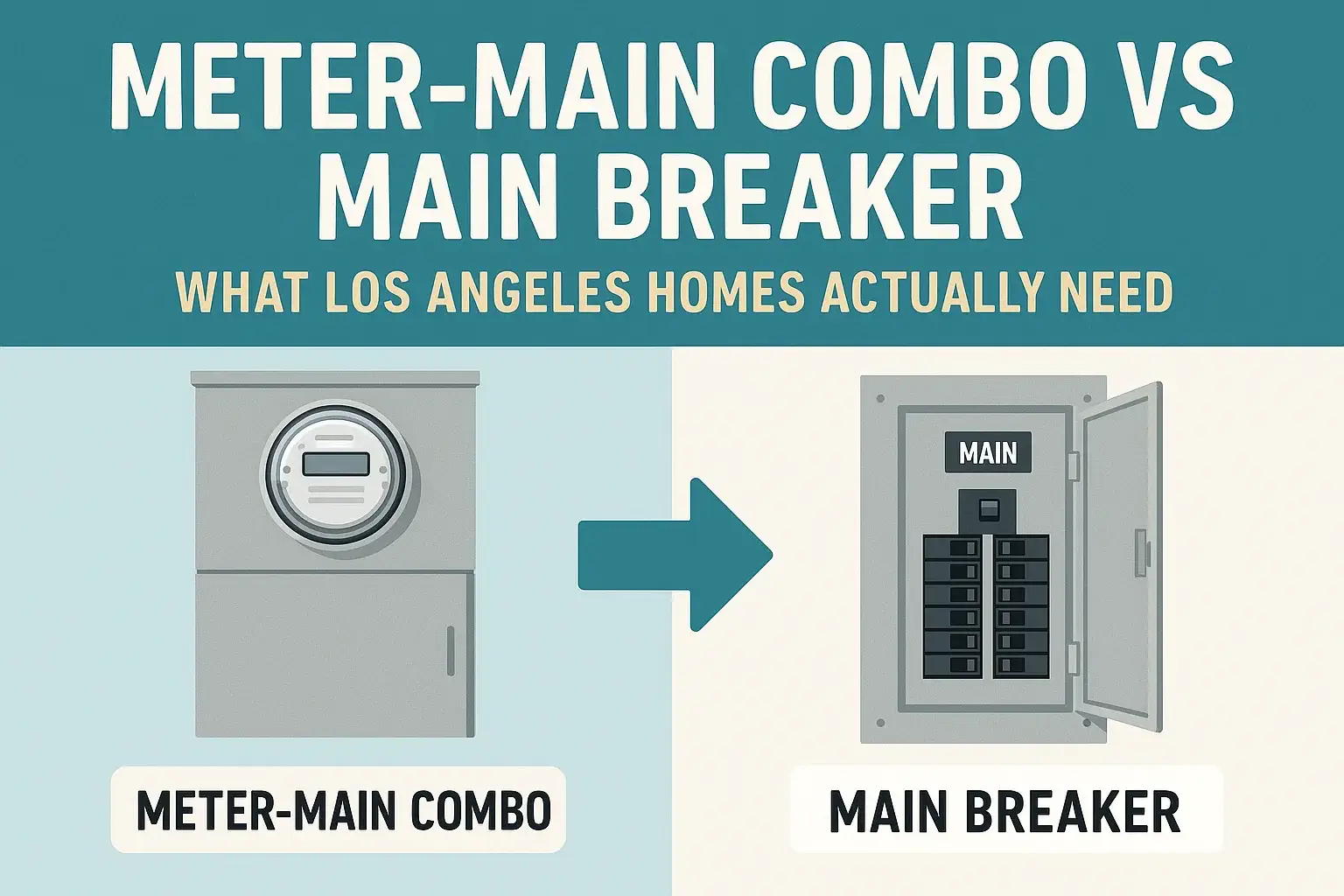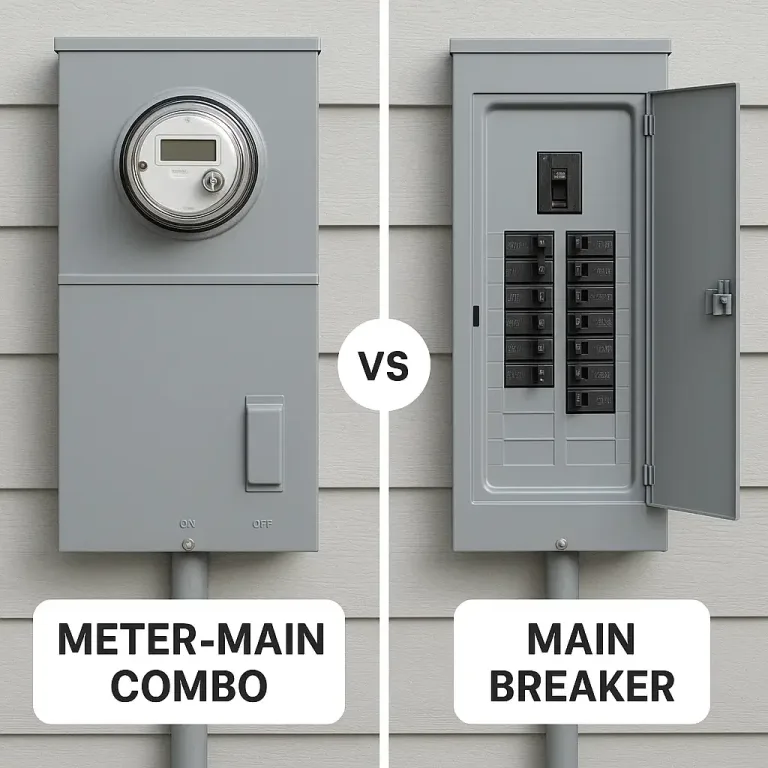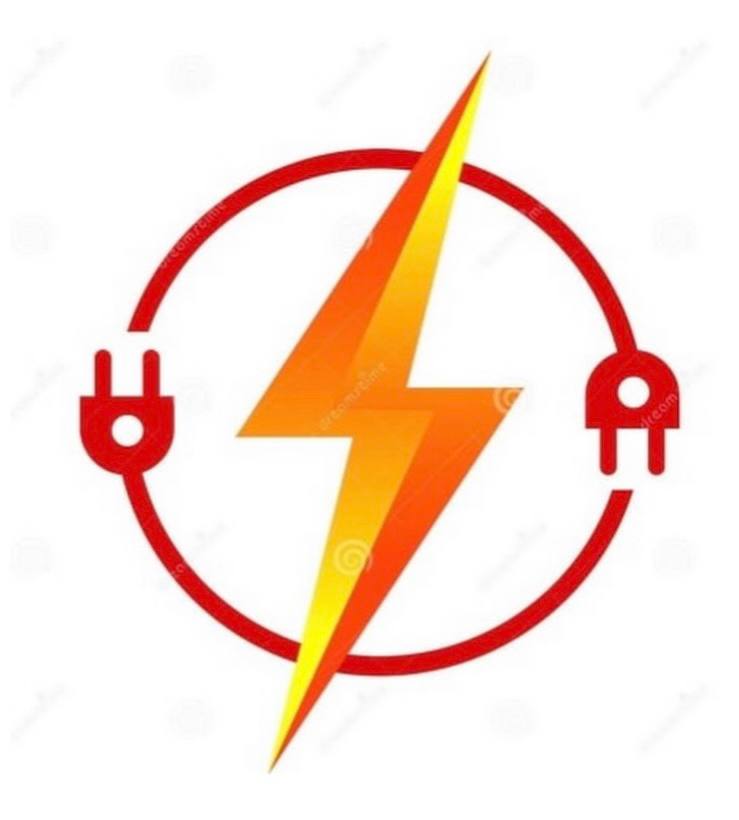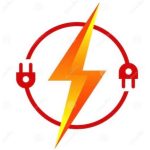
Meter-Main Combo vs Main Breaker — What Los Angeles Homes Actually Need
If you’re planning a panel upgrade Los Angeles—often for EVs or remodels—don’t assume you must swap the entire service. Many LA homes use a meter-main combo, others have a separate main breaker ahead of the load center. At Farashi Electric, we start with an EV load calculation and check permit & inspection requirements. Sometimes a tidy sub-panel upgrade is enough; when you truly need capacity, a 200A panel upgrade is designed to pass inspection the first time.
Jump to Section
ToggleDon’t replace what you don’t need
“Just make it 200 amps” sounds simple—until trenching, relocation for clearances, and utility coordination appear. The right choice isn’t always “bigger service,” it’s the cleanest, code-compliant path to the power you actually need. This guide explains, in plain English, when a meter-main combo helps, when a main breaker panel is enough, and where a sub-panel can save time and money.
Meter-main combo vs main breaker
- Meter-main combo: One outdoor enclosure with the utility meter and a service disconnect (main breaker). From there, feeders go to your indoor/outdoor load center(s). Common on many LA homes, especially where inspectors want the service disconnect outside and clear.
- Main breaker panel (separate meter): The meter socket is separate; the main breaker lives in the load center. Works well when placement allows proper working space and the utility service doesn’t need relocation.
Why it matters: The enclosure type and location determine whether you’ll need relocation for clearances, larger feeders, or coordination with your utility. Choose the path that reduces disruption while keeping future upgrades simple.
What inspectors actually care about
- Working clearances: Safe access in front of the service equipment. No obstructions or ignition sources too close.
- Grounding & bonding: Correct electrode system, bonds, and terminations.
- Conductor sizing & protection: Breakers match conductor ampacity; AFCI/GFCI where required.
- Enclosure & listing: Weather-rated equipment outdoors; clean penetrations and proper fittings.
- Labeling: Every circuit clearly labeled so inspection and future service go smoothly.
Want the step-by-step? See permit & inspection for how we file, schedule, and pass cleanly.
When a meter-main combo makes life easier
- Outdoor disconnect required/preferred: If your AHJ prefers an exterior service disconnect, a combo is often the neatest solution.
- Space or relocation constraints: The combo can be placed to meet clearances; feeders then travel to indoor panels.
- Future-proofing: Easy to add sub-panels later (garage/ADU/workshop) without reworking the service disconnect.
- Multiple panels: A meter-main can feed more than one load center, organizing present and future circuits.
When a simple main-breaker panel works fine
- Existing location passes clearances: If your load center meets working space and environment rules, keeping a separate meter + main breaker is clean and economical.
- No service relocation needed: If the utility drop/service conductors stay as-is, you avoid scope creep.
- Capacity is adequate: After a load calculation, if 100–125–150A genuinely covers your needs, a right-sized circuit or sub-panel may be smarter than a full 200A jump.
EV charging & future circuits: start with math, not parts
The fastest way to a reliable EV setup isn’t always a bigger service—it’s a professional load calculation. We check present loads plus near-term plans (second EV, kitchen remodel, mini-split, tools). Results guide whether you need:
- A dedicated EV circuit (plug-in 14-50 or hardwired Level-2),
- Managed charging (current-limiting) to stay within capacity,
- A nearby sub-panel to shorten runs and organize circuits,
- Or a full 200A panel upgrade when the numbers—and your goals—demand it.
Explore EV options here: Level 2 EV charger installation
The relocation
A lot of pain and cost in LA projects comes from moving equipment to pass inspection or weather requirements. Our approach:
- Assess present location: Can we pass working space and environmental rules without moving gear?
- If we must relocate: Choose a spot that future-proofs the layout (e.g., a meter-main outside with clean feeders inside).
- Coordinate early: We align permit scope with what the inspector expects so the first visit goes smoothly.
When we recommend 200A (and when we don’t)
We’re strict about not upselling. We recommend a 200A service only when the load calculation shows clear benefits or you’re planning multiple electrification steps soon (EV(s), heat pump/HVAC, induction range, workshop tools, sauna). Otherwise, a targeted fix—sub-panel upgrade, managed charging, or a correctly sized circuit—often wins on cost, speed, and simplicity.
Curious whether your home truly needs 200A? Start with our EV load calculation and, if needed, go deeper with a panel upgrade Los Angeles plan.

How Farashi Electric designs the right path (simple 5-step plan)
- Discovery call (5–10 min): EV model, remodel plans, symptoms (trips, heat, buzz), panel location.
- On-site assessment: Panel condition, breaker spaces, meter location, conduit routes, grounding/bonding, candidates for sub-panel placement.
- Load calculation: Today’s demand + near-term plans; we model EV behavior and future circuits.
- Permit & scheduling: We handle the permit & inspection and coordinate any utility touches.
- Clean installation & labeling: Neat runs, torque to spec, clear labeling, and tidy cleanup—most upgrades finish in 1 day after approval.
Mini case scopes (Los Angeles)
- Encino (91316): Outdoor meter-main combo feeding indoor panel + garage sub-panel; EV Level-2 hardwired; passed inspection same day.
- Burbank: Kept separate main breaker panel; added garage sub-panel for tools + future EV; no service relocation needed.
- West Hollywood: Load calc required capacity; upgraded to 200A with clean relocation for clearances; cable management for EV wall connector.
If you’re stuck choosing between a meter-main combo and a classic main breaker panel, you don’t have to solve it on your own—or gamble on the most expensive option. Send Farashi Electric a few clear photos of your meter, panel, and surrounding wall, plus a quick note about EV plans, remodels, or future ADU/garage projects, and we’ll run the load calculation, check your local AHJ’s rules, and design the simplest code-compliant layout for your Los Angeles home.
Our Completed Panel Upgrade Projects
Ready for a precise plan—not guesswork? We’ll design the simplest code-compliant layout for your home, handle the permit & inspection, and complete most upgrades in 1 day after approval.
FAQs (straight answers)
No. It’s about placement, clearances, weather, and future plans. We choose the path that passes inspection and minimizes disruption.
No. Many homes pass the load calculation. If you’re close to the limit—or planning multiple EVs—200A can be smart.
Often yes, if clearances/environment are already compliant. If not, a meter-main combo can consolidate and future-proof.
Our goal is a same-day cut-over once the permit is approved. If utility coordination is needed, we plan to keep downtime minimal.

